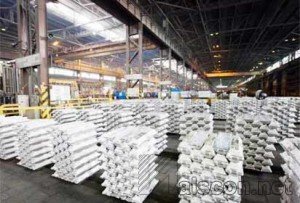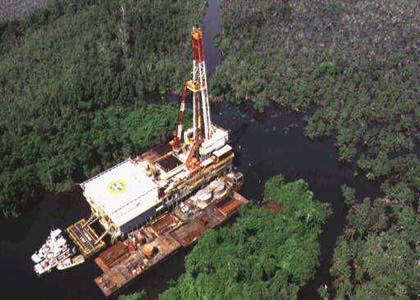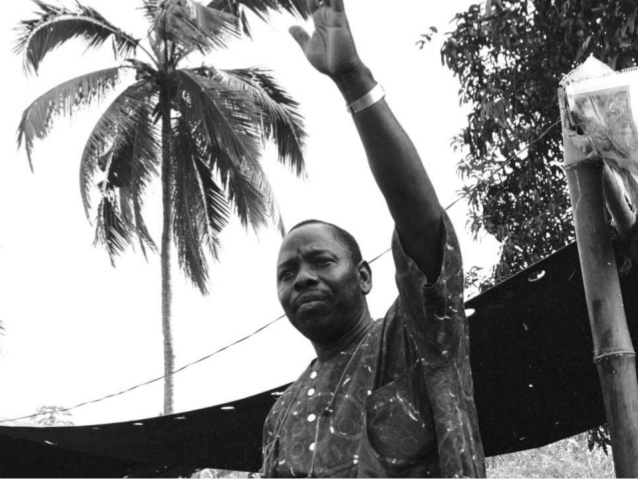
03 April 2017, Doha — Qatar has lifted a self-imposed moratorium on development of the world’s biggest natural gas field, the chief executive of Qatar Petroleum said on Monday, as the world’s top LNG exporter looks to see off an expected rise in competition.
Qatar declared a moratorium in 2005 on the development of the North Field, which it shares with Iran, to give Doha time to study the impact on the reservoir from a rapid rise in output.
The vast offshore gas field, which Doha calls the North Field and Iran calls South Pars, accounts for nearly all of Qatar’s gas production and around 60 percent of its export revenue.
“We have completed most of our projects and now is a good time to lift the moratorium,” QP Chief Executive Saad al-Kaabi told reporters in Doha.
The new development will increase production of the North Field by about 10 percent, adding about 400,000 barrels per day of oil equivalent to Qatar’s output, he said.
LNG Glut
Qatar is expected to lose its top exporter position this year to Australia, where new production is due to come on line.
The LNG market is undergoing huge changes as the biggest ever flood of new supply is hitting the market, with volumes coming mainly from the United States and Australia.
President Vladimir Putin said on Thursday Russia aimed to become the world’s largest LNG producer.
The flurry of LNG production has resulted in global installed LNG capacity of over 300 million tonnes a year, while only around 268 million tonnes of LNG were traded in 2016, Thomson Reuters data shows.
That has helped pull down Asian spot LNG prices by more than 70 percent from their 2014 peaks to $5.65 per million British thermal units (mmBtu).
Qatar’s decision to lift the moratorium on new gas development now could help the Gulf monarchy maintain a competitive edge after 2020, when the global LNG market is expected to tighten.
“With global activity levels and costs low, now is a good time to add new capacity, even if the LNG market does presently look over supplied,” said Giles Farrer, research director of Global LNG at Wood Mackenzie.
“It’s a signal that Qatar intends to increase its market share, which has been falling as other regions have built new capacity.”
An energy advisor to the Qatar government said he saw it as a preemptive step to warn competitors who are considering LNG investments that Qatar would remain an aggressive seller.
“It will certainly give rivals something to chew on. It’s like when Saudi develops future oil capacity even when there is a glut – it shows you mean business,” he said, declining to be named as he was not authorized to speak publicly.
The announcement coincides with the start of a major LNG industry conference this week in Japan, attended by many of its competitors and potential new customers.
Kaabi said low prices would not pressure Qatar.
“By the time this project comes online in five years or so it should be a good market for gas,” he said. “We don’t see that the pricing pressure has affected us as much as some.”
Iran no Enemy
Iran, which suffers severe domestic gas shortages, has made a rapid increase in production from South Pars a top priority and signed a preliminary deal with France’s Total in November to develop its South Pars II project.
Total was the first Western energy company to sign a major deal with Tehran since the lifting of international sanctions.
Kaabi said the decision to lift the moratorium was not prompted by Iran’s plan to develop its part of the shared field.
“What we are doing today is something completely new and we will in future of course … share all this with them (Iran).”
The economy of Qatar, a future World Cup host with a population of 2.6 million, has been pressured by the global oil slump and in 2015 QP dismissed thousands of workers and has earmarked a number of assets for divestment.
QP is merging two LNG divisions, Qatargas and RasGas, to save hundreds of millions of dollars.
In February, Kaabi said Qatar would focus on seeking international opportunities by exploring for oil and gas in Cyprus and Morocco.
But the current low LNG price environment may deter investment in new supply projects, bringing tighter supplies and price spikes in the future.
New production from Qatar’s North field is seen starting within 5-7 years, targeting gas exports of 2 billion standard cubic feet per day, Kaabi said.
*Tom Finn, Oleg Vukmanovic; Rania El Gamal; Editing: Jason Neely & David Evans – Reuters



